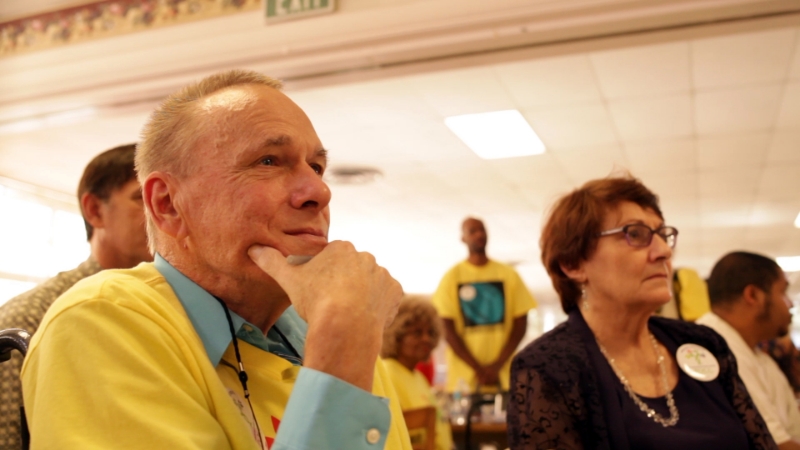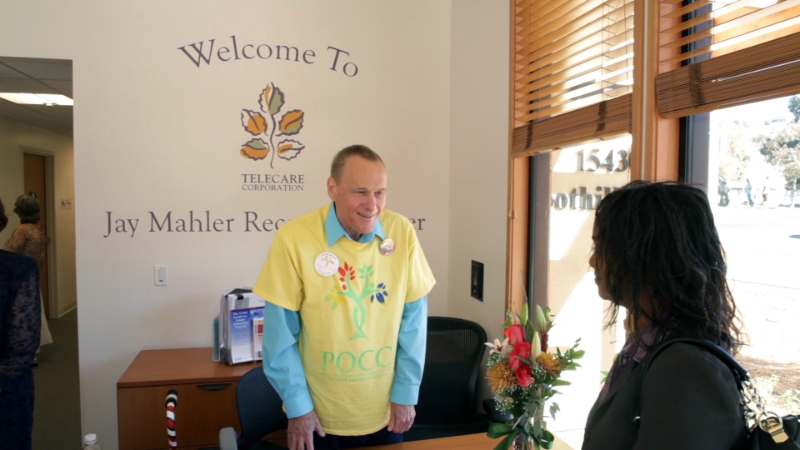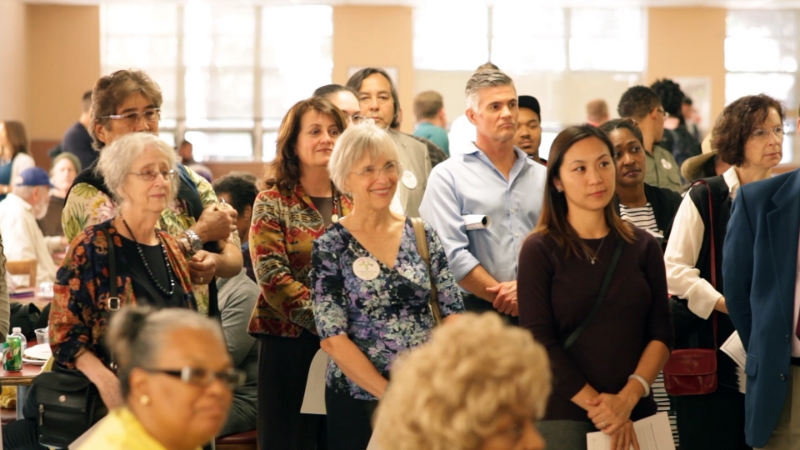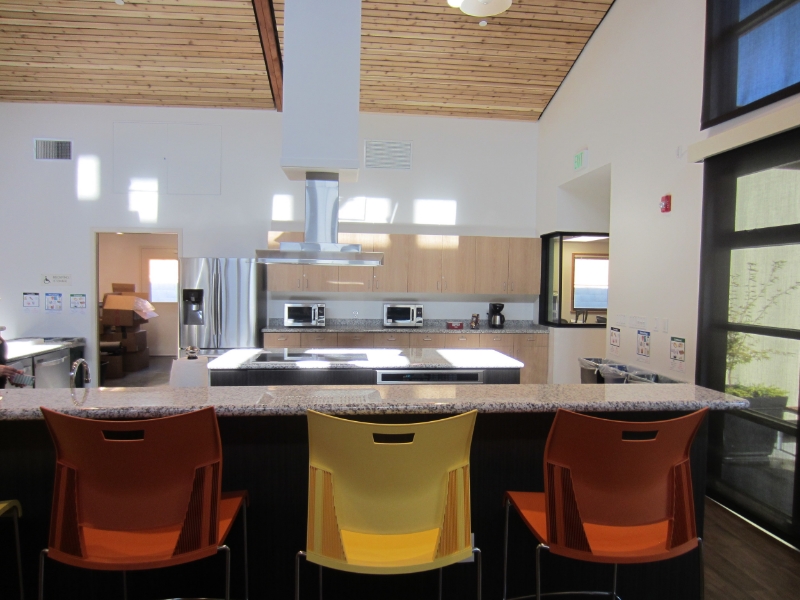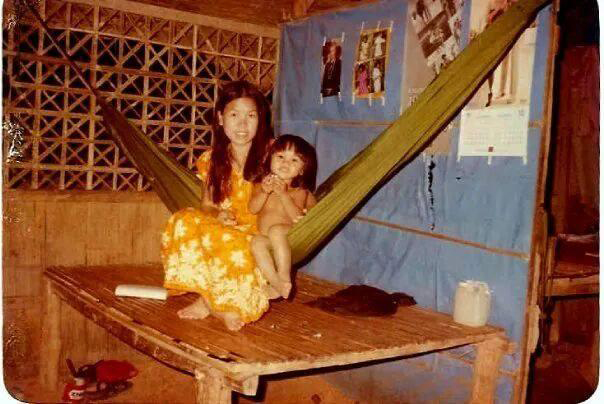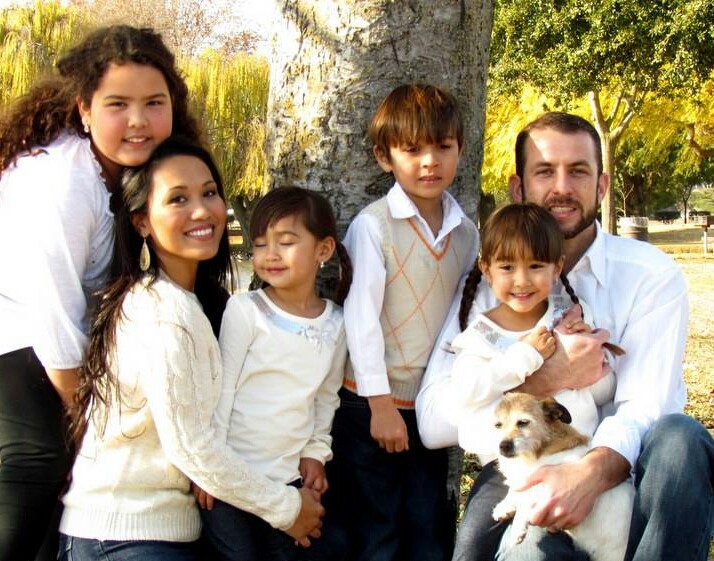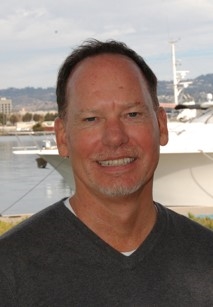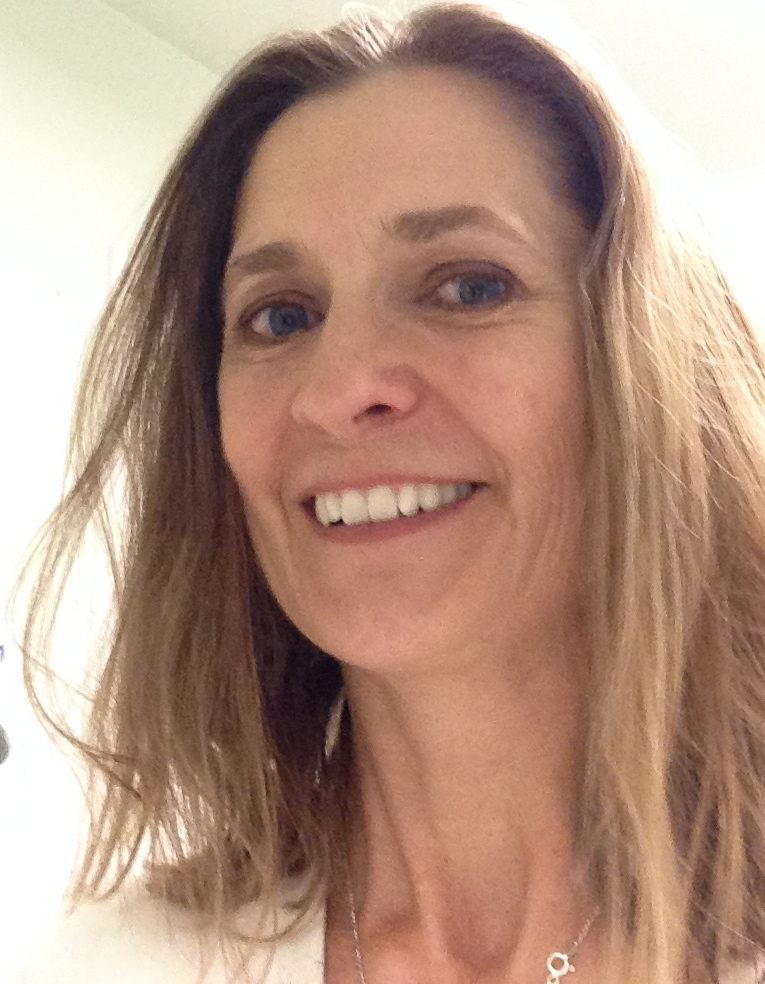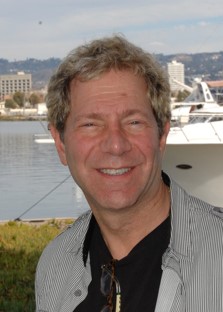"Typical treatment services are effective for people who have decided they need to make a change in their lives around drug and alcohol use – and sometimes for those who have been mandated to treatment because they have gotten in trouble with the law," said David Heffron, Vice President of Operations. "However these groups provide an alternative for people who don’t think they need or want treatment. Information can be a powerful intervention for people who aren’t yet thinking of making a change."
The COEG was designed and developed at Telecare by David Heffron (Top), Shannon Mong, Director of Innovation Initiatives, and Scott Madover, Regional Director of Operations, with the input and feedback of clients, staff, and leaders at all levels in the organization. Their aim was to combine substance use and mental health services into a single, accessible approach.
"We were thinking about how to intervene with people who haven’t made the decision they want to address their substance use," said Shannon. "We knew that for someone to move from 'No, Not Me' (pre-contemplation) to thinking, ‘Well, maybe I am using substances in an unhealthy way’ takes quite a bit of internal change. It starts with a change in someone’s thoughts and feelings, that can lead to a change in attitude, which then may lead to a change in behavior. Since education is an important first step, we decided to create and pilot our own curriculum to see if the group learning would help people identify healthier choices they were personally interested in making."
The COEG program consists of 16 unique sessions. Each session covers a different topic of discussion: from understanding addiction, to recognizing triggers, to reflecting on one's hopes and goals. In some programs, groups are offered weekly; in others, groups are offered several times a week. Each group is moderated by a trained staff member and takes 60 to 90 minutes to complete. Due to the fact that Telecare has so many types of programs, the curriculum was designed to supplement, not replace, the regular clinical services that a program already delivers. Likewise, the curriculum does not contain service-line specific information, therefore, almost any program can use the materials. The groups are open, so new participants can join a group at any time. This flexible drop-in format gives individuals ownership over their future.
Although the curriculum is very structured, the group facilitators don’t tell people what to do. Instead, the groups provide information people may have heard before and the facilitators ask them questions to encourage their own thinking. "I think our job is to engage and develop relationships with our clients, to accept them where they are and to partner with them," Scott said. "Treatment is not the goal of the program. Instead the goal is for each person to gain information that is pertinent for them, which will lead them to make more effective choices and result in better outcomes for their lives. This approach is consistent with a harm reduction model."
How Do You Connect with People that are Hard to Reach?
The COEG goes beyond just providing information. It creates a place where people can be heard and appreciated in a non-judgmental, non-shaming way. The trust that emerges in the groups offers people a way to tackle the very difficult process of change. Said Scott, "I would want someone to do the same for me."
